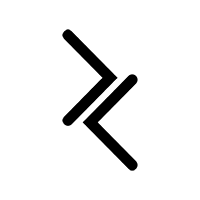When I was 12 years old, I had my first real taste of Adobe Photoshop.
At the time, Photoshop was already a decade old, even way back in 2002. I don't remember how I ended up stumbling on the program itself, let alone how I managed to download it before I was even a teenager. Still, I remember slowly discovering its potential and the learning process was dynamic and organic enough to stick with it (somewhat).
By 17, I was really into Graphic Design, and I was able to put some of those Photoshop skills to use in my Art finals in high school.
Later, that led me to Web Design, where I started my first career. From there, I taught myself how to code. After that began my longest career so far in my life, developing a skillset of User Experience Design and Product Design over some 10 years or so.
While I'm now, again, doing something completely different in the form of Photography and other digital media, I can trace my success, both former and current, to one thing: Skill acquisition.
In what I do today, I find myself constantly using the skills I acquired many decades ago. In over two decades of being a "creative" (or perhaps you could count my entire lifetime of being one), I can clearly see the points in my life where I developed skills that, at the time, seemed single-use, pointed, and directional. Now, as a mature creative, I see that every skill I've learnt that is tangential to my main passion has deeply attributed to the success of the passion itself.
I first learned the concept of "T-shaped" skills when I started Product Design well over a decade ago. It's this idea that you have a base skill, something you're really good at, something you've spent significant time developing. This is the long, vertical prong of the "T". But over time, you develop interests around that base skill. These interests complement the primary skill in some way and are an excellent method of increasing the effectiveness of what you do every day without deliberately working on the main skill itself.

A great example of this is in Web Design. You might learn Photoshop, Sketch, Figma, or something else for your wireframes and designs. But suppose you also learn parts of the Graphic Design skill set, such as Typography, Colour theory, or Spacing, in Adobe Illustrator, InDesign, or something else. In that case, your websites will look significantly more aesthetically cohesive and impressive than another Web Designer who doesn't have those skills. And you can do a lotwith that advantage. Charge more, get a better role, create a team etc.
If you're an Illustrator and live in the digital world for all of your work, trying out Photography, learning calligraphy or understanding video could be skills you could leverage and bring into your illustrations, making them far more unique compared to other Illustrators.
As a creative, as you spend more time doing "your main thing", hopefully, you're doing other things that are complimentary to it too. Every additional skill helps.
Eventually, the "T-shape" becomes more like an "E-shape". The letter becomes rotated 90 degrees right, and each prong of the E represents a skill next to your main skill. You'll be better at some skills than others, so the prongs will invariably become different lengths, but you can start to see that we have a skill set developing here. Skills that help you thrive as a creative.

The next level from there is to really look at all the surrounding skills that encompass your main skill, and learn them all, deeply.
To be a Lead Product Designer, I needed to not only have the traditional UX skillset (Research/academia, Visual Design, Interface and Interaction Design, Code) but you need to have good business skills too. It's a composite skillset.
At the highest level, all creative endeavours end up like this; they're a blend of many, many skills that sit within many skill sets.

At this point, your skillset looks more like a hairbrush than an "E" shape. You would have been in your career for a minimum of 5-10 years. At this point, you should know what you're worth as a creative and be able to either continue down the path of mastery within your current situation or strike it out on your own with relative confidence.
Over the last 7 years, I've been on my own "hairbrush journey" in my current career in Photography. To strike it out on your own, to make a full-time living doing what you love, you need to understand Business, Marketing, Sales, Accounting, and everything else to ensure you make money and keep yourself afloat. To do that, you also need to understand the digital landscape, how to understand your customer/audience/users, create a brand, and a website, get good at social media, and all the other tactical things that are customer-facing. Not to mention mastering all the skills that surround your main skill if you've already mastered it. There's a lot to learn.
Skills acquisition. That's what it's all about.
Skills have value. And the more skills you have, especially when they're related to your main passion, the more valuable you become as a creative and the more opportunities you create for yourself in your career.
So then, time for something actionable.
If this concept of "E-shaped" skills is new to you, write down for yourself what the auxiliary, related skills are to your main skill, and then endeavour to learn them. Create a plan for learning them all.
Over time, with enough skills under your belt, you'll come to see that developing yourself in this way, investing in yourself in this way, is the single best thing you can do for your creative career.
Best of luck with the pursuit and I'll see you next week, creative.
— Pat

